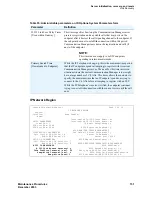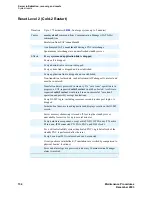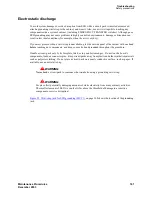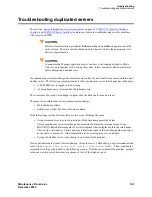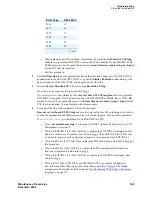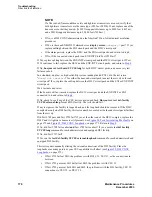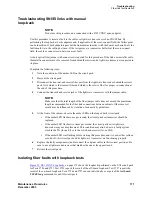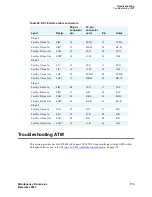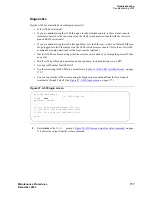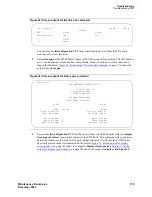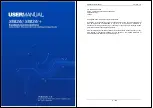
Troubleshooting
Troubleshooting trunks with Automatic Circuit Assurance
164
Maintenance Procedures
December 2003
Determining the time of a spontaneous
interchange
Use display initcauses to tell at what time a spontaneous interchange has taken place. The display
initcauses command displays a record of every system reset. In the following example, a spontaneous
interchange into Server B took place at 2:53 p.m. The standby server (B) transitioned into active mode
with a WARM restart (reset level 1).
Troubleshooting trunks with Automatic Circuit
Assurance
A display-equipped voice terminal (may be nondisplay type if the Voice Message Retrieval feature is
provided) or an attendant console is required. An “ACA activate/deactivate” button (one per system) is
required on the voice terminal or attendant console.
Automatic Circuit Assurance (ACA) assists users in identifying possible trunk malfunctions. The system
maintains a record of the performance of individual trunks relative to short and long holding time calls.
The system automatically initiates a referral call to an attendant console or display-equipped voice
terminal when a possible failure is detected.
Holding time is the elapsed time from when a trunk is accessed to the time a trunk is released. When
ACA is enabled through administration, the system measures the holding time of each call.
A short holding time limit and a long holding time limit are preset by the System Manager for each trunk
group. The short holding time limit can be from 0 to 160 seconds. The long holding time limit can be
from 0 to 10 hours. The measured holding time for each call is compared to the preset limits for the trunk
group being used.
Measurements are not made on personal CO lines, out-of-service trunks, or trunks undergoing
maintenance testing.
Using Busy Verification of Terminals and Trunks
A multi-appearance voice terminal or attendant console equipped with a “verify” button is required.
Busy Verification of Terminals and Trunks allows a user at a voice terminal or attendant console to make
test calls to trunks, voice terminals, and hunt groups (DDC/UCD). These test calls check the status of an
apparently busy resource. This provides an easy method to distinguish between a voice terminal or
resource that is truly busy and one that only appears busy because of a trouble condition.
Cause
Action
Escalated
Carrier
Time
Interchange
1
no
1B
11/27 14:53
Summary of Contents for CMC1
Page 1: ...Maintenance Procedures 555 245 103 Issue 1 1 December 2003 ...
Page 14: ...Contents 14 Maintenance Procedures December 2003 ...
Page 416: ...Additional maintenance procedures IP Telephones 416 Maintenance Procedures December 2003 ...
Page 426: ...Index X 426 Maintenance Procedures December 2003 ...


